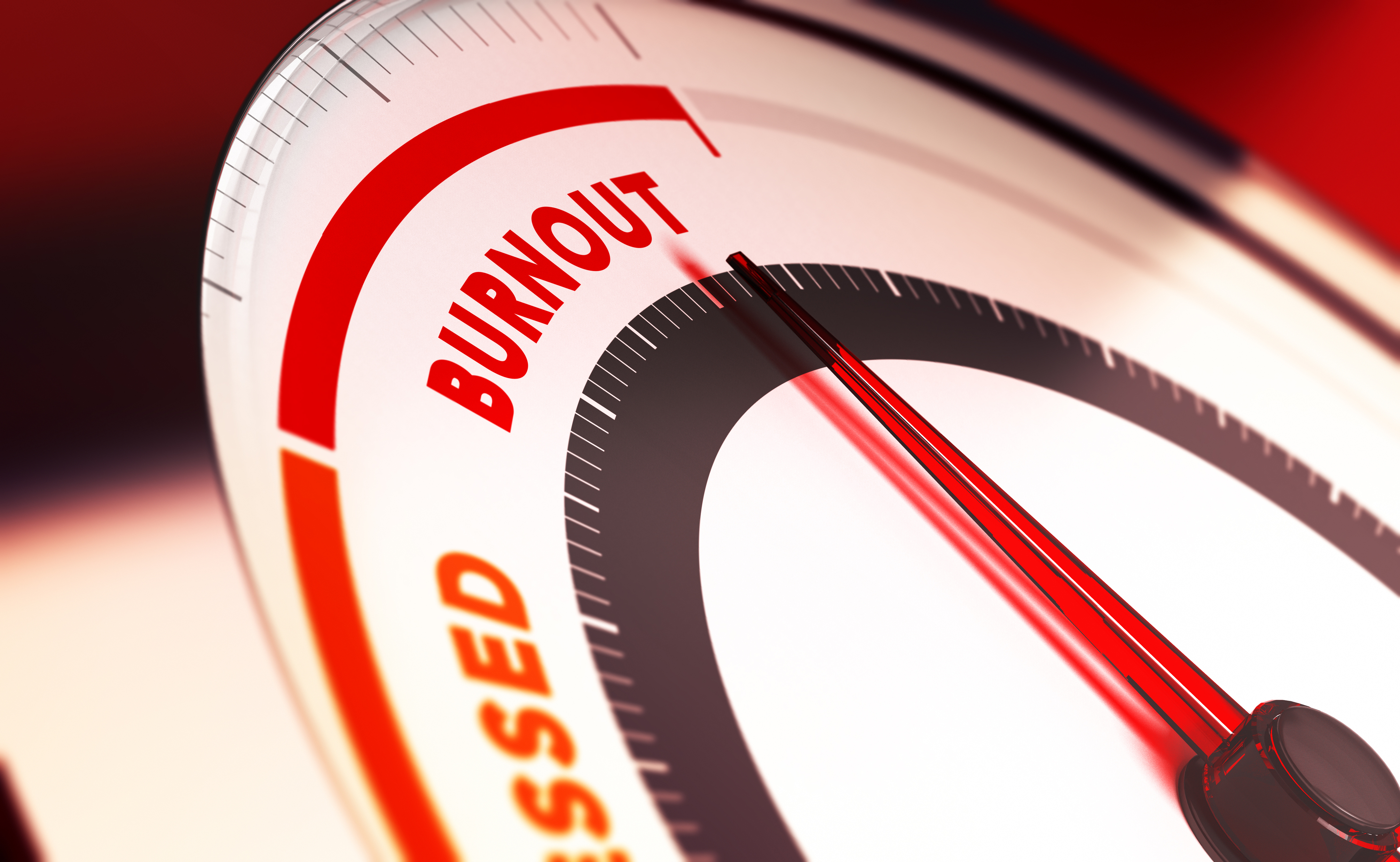Opinion: Burnout May Be the Biggest Enemy of Counseling Psychology Training Programs
Burnout as a concept has taken center stage on campuses as we continue to adjust to re-entry to in-person academics and training. Burnout is traditionally defined as
Although burnout in graduate school has been a common, if not universal, experience, recent sociopolitical events (the war in Ukraine, COVID-19, ongoing racial violence) seem to have accelerated the development of burnout in our students and has magnified burnout symptoms. All three burnout components have dire implications for effective training, but cynicism should worry counseling professionals the most. Cynicism, or doubt, suspicion, and mistrust, erodes empathy. This provokes two questions our field needs to address:
One of the pillars of Counseling Psychology is our focus on social justice and multiculturalism. I study multicultural orientation (MCO), which describes a therapist’s way of being and ability to recognize and function in culturally complex situations (e.g., therapy). MCO includes three pillars:
The question becomes, how do those of us who serve as training directors, professors, supervisors, and clinicians work to prevent and mitigate burnout in our students? In a Career Counseling class during the spring 2022 semester, Stephanie (author) asked her students (including Qing, author) to list ways in which burnout could be reduced in psychology graduate students. Our students/peers identified the following:
The literature supports the recommendations my students offered. both our students/peers and the literature conclude is that burnout is a multi-level issue, with individual, departmental, and cultural (i.e., academic culture) variables at play. We would encourage all counseling psychologists to mindfully evaluate how they can counteract burnout in their work and training environments. What we model to our students and colleagues matter. We also recommend that those with decision-making power over supervision and graduate training programs work with their students and colleagues to examine their policies and workplace/education culture to see where burnout is allowed to thrive, so that it can be uprooted. Not only will these actions assist with burnout and related mental health issues, it is likely the best way to cultivate cultural humility within the future of our profession. Resources Listen to APA’s Speaking of Psychology podcast’s episode on Burnout with Christina Maslach. Review APA’s Handbook on Mentoring Stephanie Winkeljohn Black (she/her) is deeply committed to helping members of the academic community create work-life integration that aligns with their cultural and spiritual values. She is an assistant professor of psychology at Penn State Harrisburg and focuses on how to (1) bridge the gap between how psychotherapists and other health professionals perceive and engage their clients’ cultural identities, particularly their clients’ religious/spiritual beliefs, and the type of understanding and care that their clients need and (2) identify effective pedagogy to teach multicultural concepts to students in higher education. Qing Ma (she/her) is a graduate student pursuing her master’s degree in Applied Clinical Psychology at Penn State Harrisburg. Her research interests include trauma, applying interventions in multicultural populations, and mental health disparities among marginalized and minoritized communities. Resources Allen, H. K., Barrall, A. L., Vincent, K. B., & Arria, A. M. (2021). Stress and burnout among graduate students: Moderation by sleep duration and quality. International Journal of Behavioral Medicine, 28(1), 21-28. https://doi.org/10.1007/s12529-020-09867-8 Bekkouche, N. S., Schmid, R. F., & Carliner, S. (2021). “Simmering pressure:” How systemic stress impacts graduate student mental health. Performance Improvement Quarterly, 34(4), 547-572. https://doi-org.ezaccess.libraries.psu.edu/10.1002/piq.21365 Charles, S. T., Karnaze M. M., & Leslie, F. M. (2021). Positive factors related to graduate student mental health. Journal of American College Health. https://doi.org/10.1080/07448481.2020.1841207 Nagy, G. A., Fang, C. M., Hish, A. J., Kelly, L., Nicchitta, C. V., Dzirasa, K., et al. (2019). Burnout and mental health problems in biomedical doctoral students. CBE – Life Sciences Education, 18(2), 1-14. https://doi.org/10.1187/cbe.18-09-0198 Owen, J. (2013). Early career perspectives on psychotherapy research and practice: Psychotherapist effects, multicultural orientation, and couple interventions. Psychotherapy, 50(4), 496–502. https://doi.org/10.1037/a0034617 Schaufeli, W. B., Van Dierendonck, D., & Van Gorp, K. (1996). Burnout and reciprocity: Toward a dual-level social exchange model. Work & Stress, 10(3), 225-237. https://doi.org/10.1080/02678379608256802 Stillwell, S. B., Vermeesch, A. L., & Scott, J. G. (2017). Interventions to reduce perceived stress among graduate students: A systematic review with implications for evidenced-based practice. Worldviews on Evidenced-Based Nursing, 14(6), 507-513. https://doi-org.ezaccess.libraries.psu.edu/10.1111/wvn.12250 Warlick, C. A., Van Gorp, A., Farmer, N. M., Patterson, T., & Armstrong, A. (2021). Comparing burnout between graduate-level and professional clinicians. Training and Education in Professional Psychology, 15(2), 150-158. https://doi.org/10.1037/tep0000328 |


